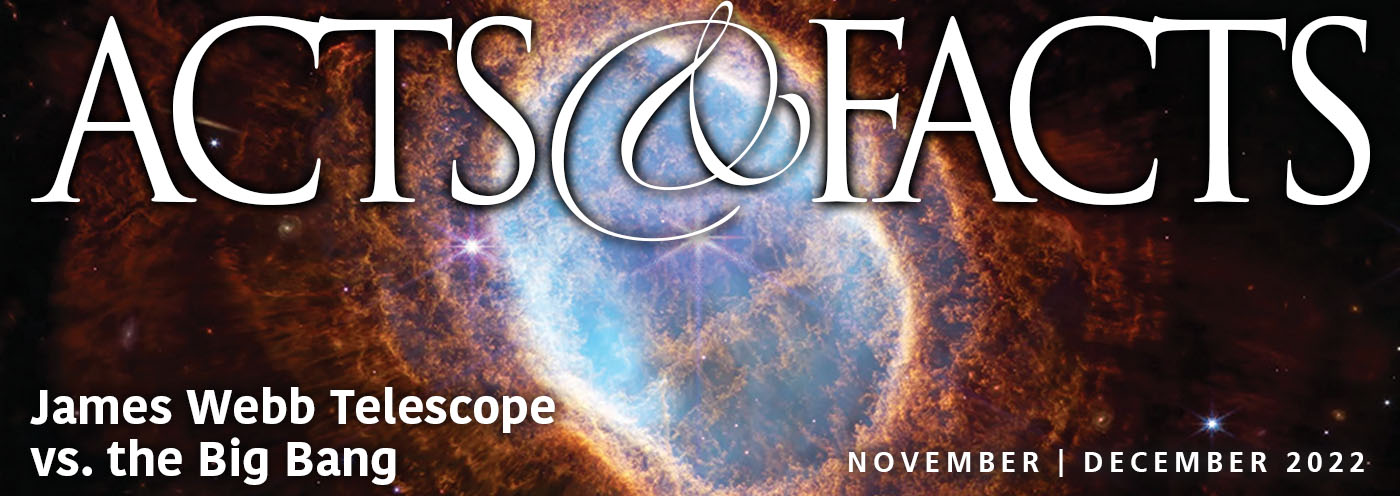One of the rapidly expanding and exciting research fields in molecular biology is the area of epigenetics. In the study of epigenetic modifications, scientists analyze DNA that has been modified in such a way that its chemistry is changed, but not the actual base pairs that make up the genetic code of the sequence. It’s like a separate control code and system imposed upon and within the standard code of DNA sequence.
There are two general ways in which the DNA of an organism can be modified chemically. First, methyl groups can be added to DNA base molecules. Second, proteins called histones that integrate with the DNA can also be modified in different ways. Both of these types of DNA modification determine how accessible the DNA is to proteins that bind to the DNA and control and help regulate gene activity. Epigenetic DNA modification is highly controlled in the genome and plays a major role in the way that many different types of genes are expressed. In fact, a variety of human diseases are associated with epigenetic changes that are not part of a normal genomic profile.
Because chimpanzees are thought to be our closest living relatives, they have been compared genetically to modern humans in a variety of different types of studies. One segment of human-chimp genetic comparison research—comparisons of gene expression—has been particularly unfruitful for evolutionists. A number of research reports show how large differences in gene expression are commonly observed between humans and chimps for many genes that both species share, particularly in those associated with brain activity.1, 2
Because epigenetic modifications in the genome are related to gene expression, researchers have been using highly advanced technologies for comparing these differences in humans and chimps for regions of the genome that they both have in common.
Several recent studies show that dramatic differences exist between humans and chimps in regard to the methylation aspect of epigenetics. When considering this type of research, it is important to know that the epigenome is tissue-specific and the patterns vary between the types of cells that are studied.
In 2011, a study was performed on purified white blood cells (neutrophils) from living humans, chimps, and orangutans. The researchers selected neutrophils because they are nearly similar in their appearance and characteristics between humans and apes. Despite the fact that the most similar type of cell known between humans and apes was selected, scientists were surprised that they detected major methylation profile differences in over 1,500 different regions of the human genome when they were compared to chimp genomes. The orangutans also showed uniqueness from humans and chimps in their epigenome data clustering.
Another exciting discovery in this study was that these epigenetic differences between humans and chimps were not only present in adult white blood cells, but also in the germline (sperm and egg cells)—indicating that these were permanent heritable differences between humans and apes. The authors of the report wrote:
The mechanisms leading to the methylation differences between species are unknown. The separate clustering of humans and chimps is consistent with the stable inheritance of methylation states within the two species.3
An even more recent study in 2012 used a new, highly accurate method of studying methylation profiles of DNA surrounding genes in brain genes shared by both humans and chimps. The differences noted between humans and chimps were strikingly marked and extensive:
We also found extensive species-level divergence in patterns of DNA methylation and that hundreds of genes exhibit significantly lower levels of promoter methylation in the human brain than in the chimpanzee brain.4
This study reported that these types of brain genes could tolerate very little epigenetic modification outside the normal profile for the human brain. In fact, researchers found that abnormal human brain gene methylation patterns are associated with a wide variety of severe human neurological diseases. These findings show how methylation changes in brain genes are not well-tolerated, thus negating ideas of epigenetic evolution in primates. Obviously, brain gene methylation patterns are finely tuned and species specific. The authors made the following comment regarding this discovery:
Finally, we found that differentially methylated genes are strikingly enriched with loci associated with neurological disorders, psychological disorders, and cancers.4
This research further broke down the gene regions into different areas. One key area of interest was the promoter region—the area preceding a gene that controls its function like a genetic switch. The researchers also studied the main gene body, which is the region of a gene that includes the protein-coding segments. Finally, they also analyzed the ends of genes because they play key roles in genetic regulation. In this regard, they found that the largest differences between human and chimp brain gene methylation patterns were in the control regions that play a major role in regulation. The human gene promoters were much less methylated, a finding that corresponded well to the higher levels of human brain gene activity, compared to their gene counterparts in chimps. The other regions of the genes also exhibited differences between species but were less dramatic.
Overall, 1,055 genes showed significantly different methylation patterns between humans and chimps. Of these, the researchers found 468 different genes that were highly diverse in their methylation patterns. These were the types of genes that play key roles in controlling other genes and modifying the types of proteins in the cell that regulate processes at the top of the cell system hierarchy. In other words, the genes that showed these marked differences were the key controlling regions in the genome for brain cell activity.
These results derived from the field of epigenetics dramatically illustrate the profound genetic differences that exist between humans and apes. Once again, cutting-edge science fits closely with the biblical paradigm that God created all animals “after their kind” (Genesis 1:21) and humans uniquely in the “image of God” (Genesis 1:27).
References
- Khaitovich, P. et al. 2005. Parallel patterns of evolution in the genomes and transcriptomes of humans and chimpanzees. Science. 309 (5742): 1850-1854.
- Konopka, G. et al. 2012. Human-Specific Transcriptional Networks in the Brain. Neuron. 75 (4): 601-617.
- Martin, D. I. K. et al. 2011. Phyloepigenomic comparison of great apes reveals a correlation between somatic and germline methylation states. Genome Research. 21 (12): 2049-2057.
- Zeng, J, et al. 2012. Divergent Whole-Genome Methylation Maps of Human and Chimpanzee Brains Reveal Epigenetic Basis of Human Regulatory Evolution. American Journal of Human Genetics. 91 (3): 455-465.
* Dr. Tomkins is Research Associate at the Institute for Creation Research and received his Ph.D. in Genetics from Clemson University.
Cite this article: Tomkins, J. 2013. Epigenetics Proves Humans and Chimps Are Different. Acts & Facts. 42 (1): 11-12.

















